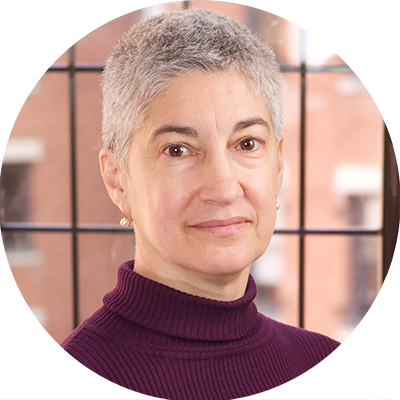
Maria Hartman, PhD, is the Director of the Program for the Education of the Deaf and Hard of Hearing at Teachers College, Columbia University, where she teaches graduate level courses in language and literacy development as well as courses in assessment and teaching methods. Dr Hartman also supervises pre-service teachers in schools, clinics and agencies that serve deaf and hard of hearing children throughout the New York City area. At Teachers College, her research and publications focus on language and literacy development. She is currently involved in a longitudinal study of reading development in deaf children who use listening and spoken language at a large school for the deaf in the Southwest.
Abstract of Presentation
The movement towards inclusive public education for deaf and hard of hearing children (DHH) has steadily gathered momentum during the last fifty years. Both within the United States and abroad, inclusive public education has been facilitated through legislative action with varied results. Varied interpretation of inclusion policy, notably the “Least Restrictive Environment” (LRE) clause of the Individuals with Disabilities Education Act in the United States, an emphasis on assimilation, and a default preference for auditory-oral communication have often resulted in isolating and inaccessible experiences for DHH students in the mainstream. The purpose of this article is to review theory and research on effective practices in inclusion for DHH students. The research is summarized with respect to accessibility, social-emotional considerations, and language policy. It is often asserted that communication access and cultural identity are major factors that impact the successful inclusion of these students with bicultural identity related to greater wellbeing. Deaf schools may be the LRE placement option for some students and source of resource and support for DHH students and educators in all settings. The authors suggest that a shift towards a more inclusive experience in mainstream settings is emerging through the use of Universal Design for Learning (UDL), classroom technology, and culturally responsive education that integrates sign language and Deaf culture to foster bicultural identities. Strategies for effective inclusion include co-enrollment, deaf awareness programming, and consistent policy that equalizes the status of sign languages. Future research is recommended in effective practices in auditory and visual accommodations, integration of technology in K-12 classrooms, and the relation of policy to practice in inclusive education for DHH students.

